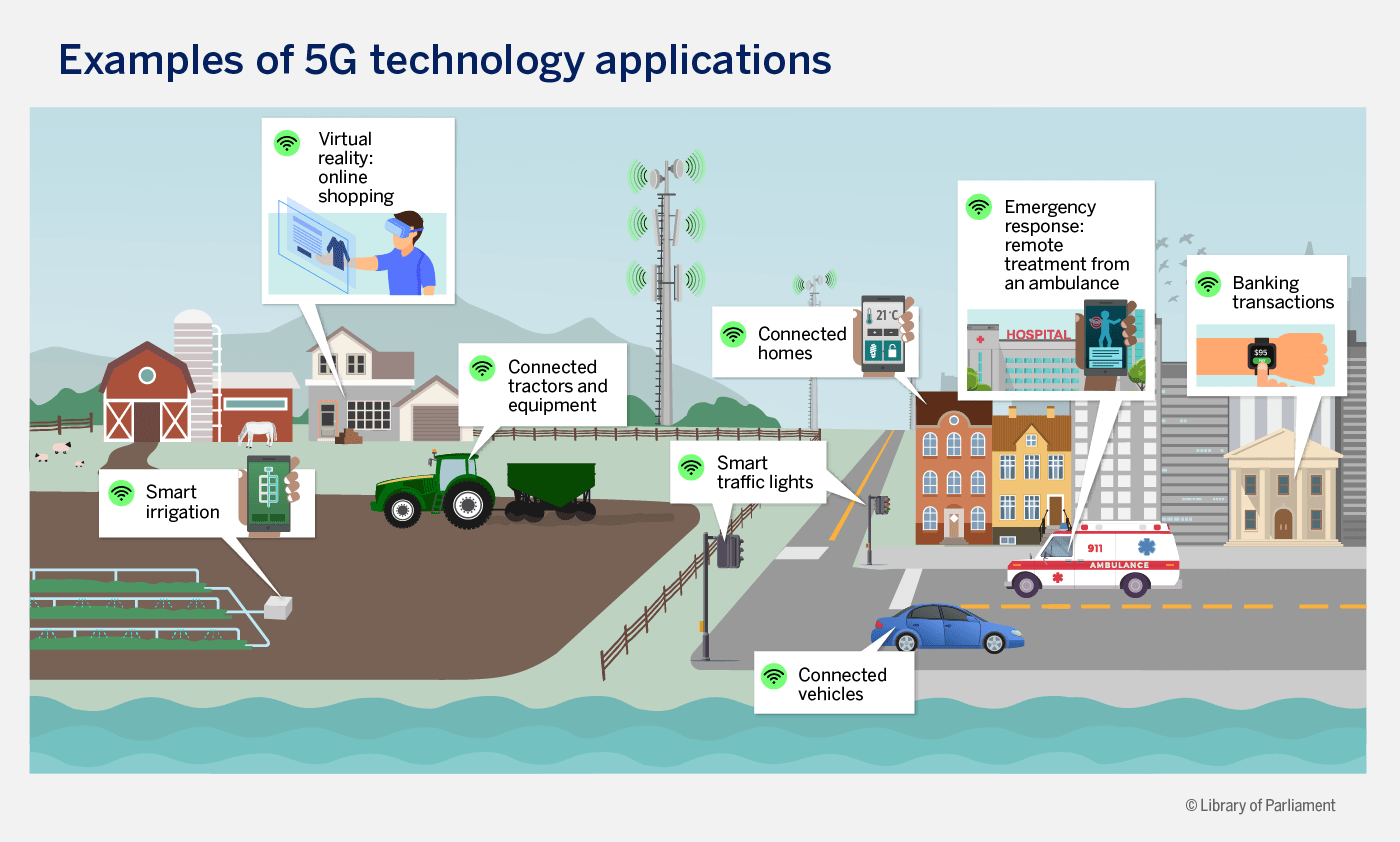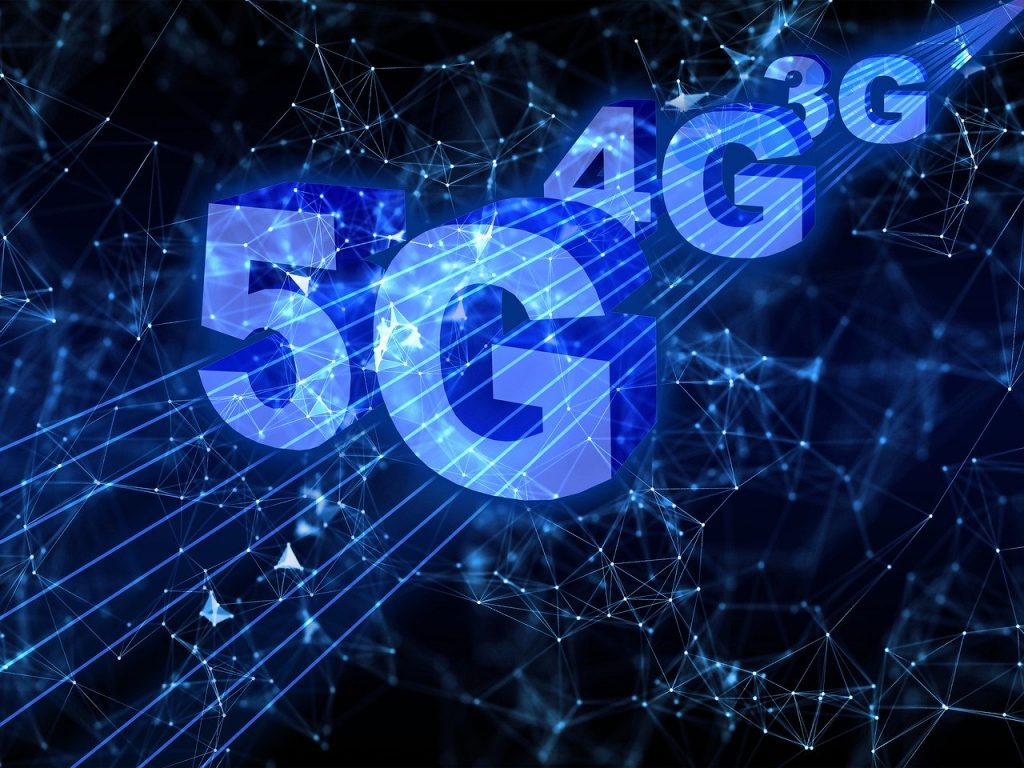Wireless technologies have made significant strides in recent decades. The first generation (paging services) was followed by the second and third generations (voice and messaging services and Internet access), and then by the fourth generation (4G or Long Term Evolution [LTE]) with video streaming. The fifth generation (5G) is expected to be available globally starting in 2020. While the opportunities of 5G technology are certainly promising, its deployment also comes with challenges and risks.
Opportunities
5G technology will be able to achieve significantly greater performance standards than previous generations. Under optimal conditions, it will offer
- a download speed of up to 20 gigabits (Gb) per second, 200 times faster than with current 4G technology;
- latency (time delay required to transmit data from the source to the destination) of less than one millisecond, whereas the standard for 4G technology is 50 milliseconds; and
- a much higher connection density, from a standard of 2,000 devices per km2 to one million devices per km2.
This greater performance will accelerate the development of several new and existing technologies, including the Internet of Things (IoT) – devices (such as appliances) that can transmit data over the Internet. The figure below shows examples of applications that could be made possible by 5G technology.


